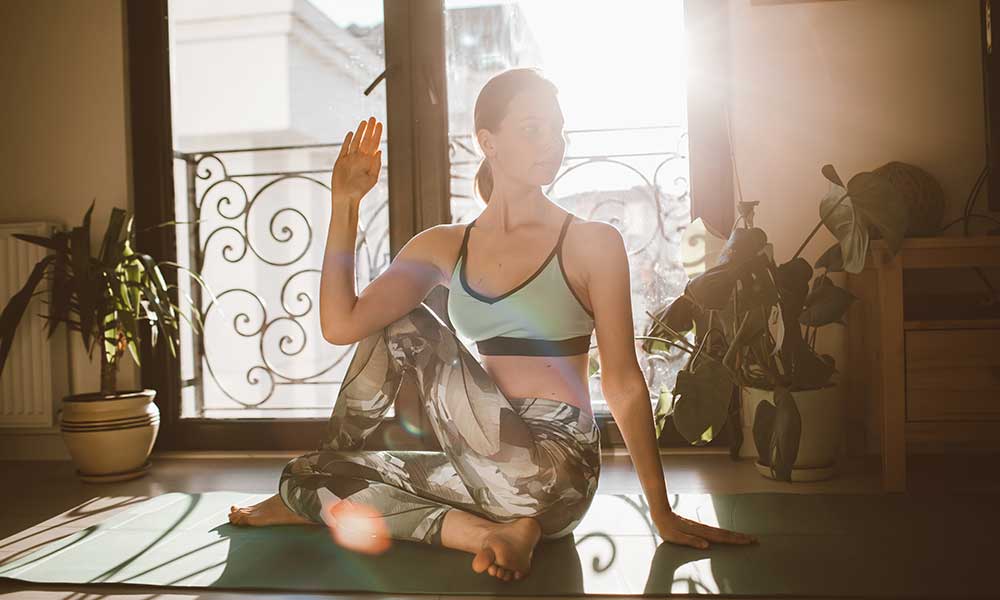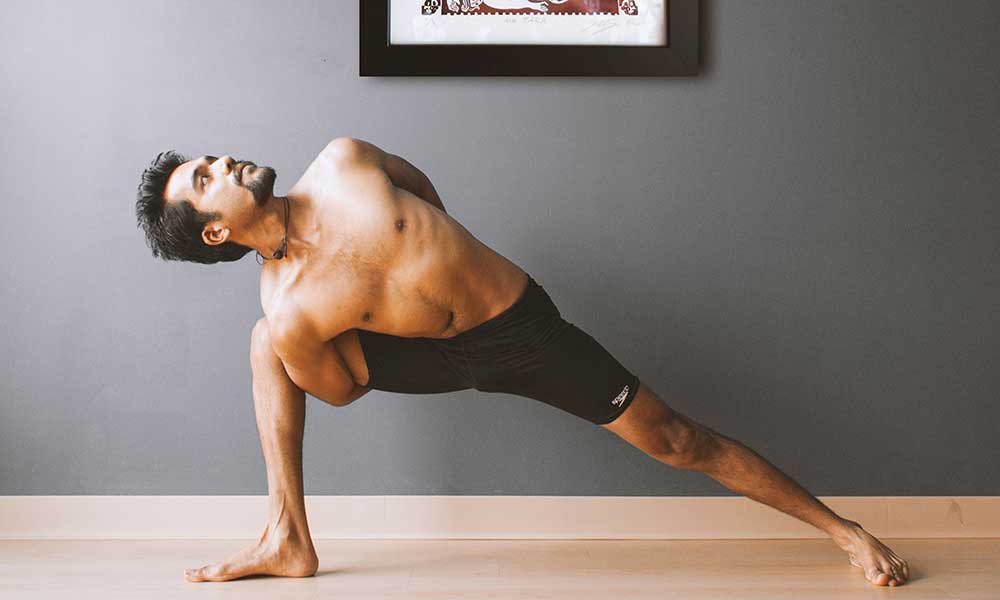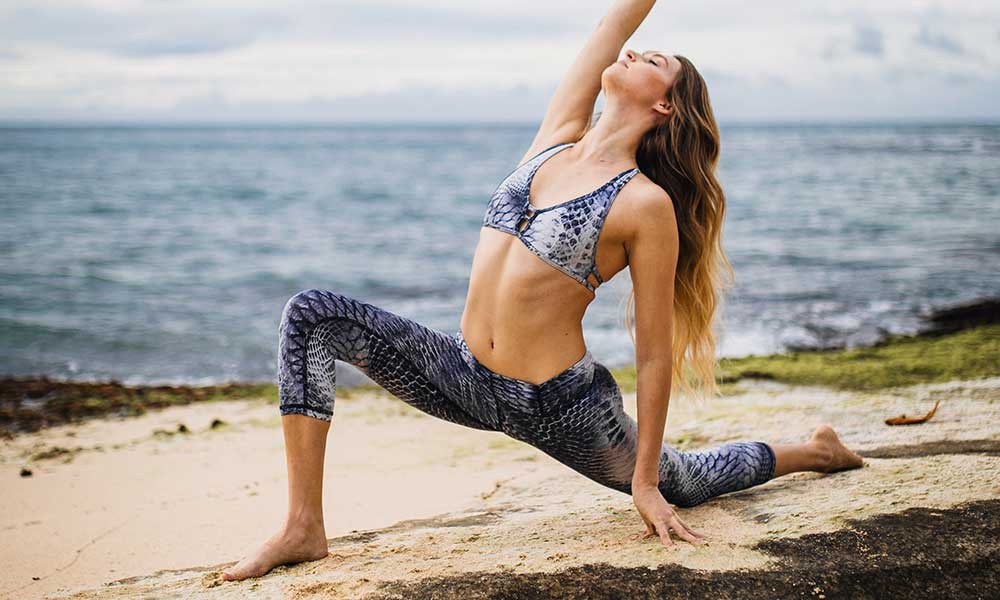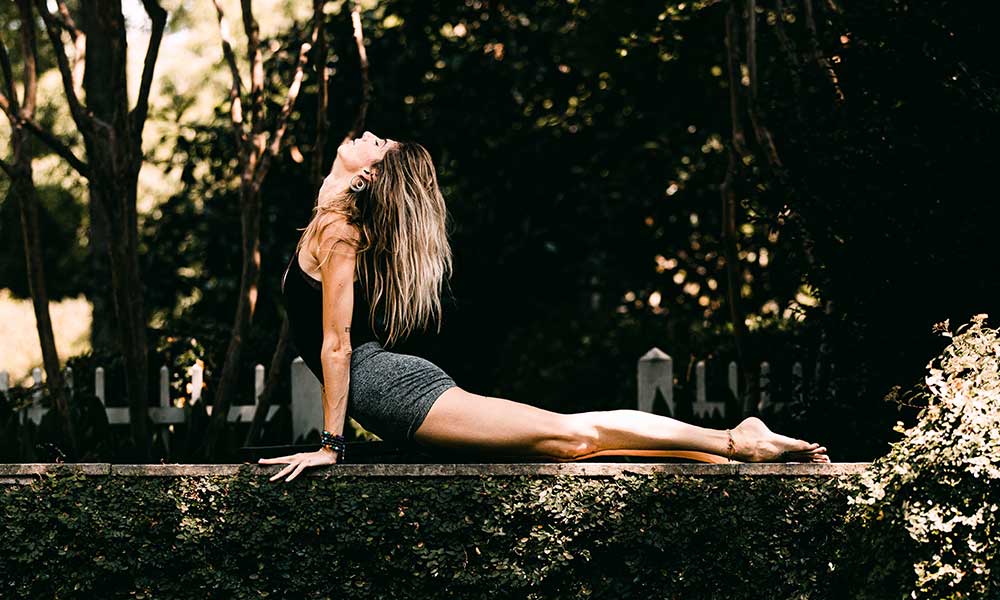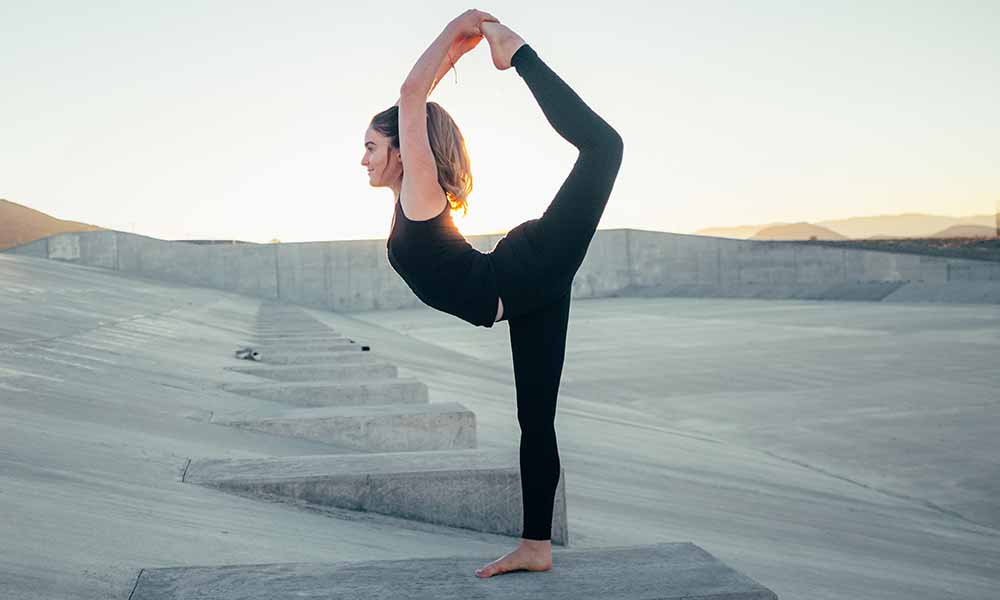If you have ever taken a class or been a member of a yoga studio, you know that there are many different types of yoga.
All forms of yoga stem from four primary types of yoga. Current yoga practices involve the following types of yoga: karma, bhakti, jnana, and raja.
Keep reading to learn more about the different types of yoga and what they mean.
The Four Primary Types of Yoga Explained
Yoga is a spiritual practice that allows us to connect with the world around us, leading us to enlightenment and inner peace. Several different types of yoga exist under the four primary types of yoga:
- Karma: The path of service through selfless action for the good of others.
- Bhakti: Devotional rituals that cultivate expression and love of the Divine such as praying, chanting, singing, dancing, ceremony and celebration.
- Jnana: The path of intellect and wisdom through studying sacred texts, intellectual debates, philosophical discussion, and introspection.
- Raja: The journey toward personal enlightenment, otherwise known as the “royal path.” This path consists of balancing the three main types of yoga just described while also integrating the eight limbs of yoga.
The Eight Limbs of The Royal Path
Let’s picture the great tree of yoga as having eight limbs, each connecting to the trunk which is connected to the ground by deep, ancient roots. If each limb bears leaves, these leaves are the techniques of the yogic limbs.
According to the Yoga Sutras, written in 300 to 200 BCE by the sage Patanjali, there are eight stages (limbs) of yoga:
- Limb 1 (Yamas): Moral and ethical standards for how one should live.
- Ahimsa: nonviolence/peace.
- Satya: honesty.
- Asteya: nonstealing.
- Brahmacharya: moderation.
- Aparigraha: nonattachment.
- Limb 2 (Niyamas): Positive duties or observances (usually directed outside of ourselves)
- Saucha: cleanliness
- Santosha: contentment
- Tapas: discipline or burning desire or conversely, burning of desire.
- Svadhayaya: self-reflection as well as the study og spiritual texts.
- Isvarapranidaha: surrendering to a higher power.
- Limb 3 (Asana): The physical practice of yoga through expressions and postures.
- Limb 4 (Pranayama): Connecting to our life force energy through breathing techniques.
- Limb 5 (Pratyahara): The withdrawal of our senses to draw our attention inward.
- Limb 6 (Dharana): Focused concentration.
- Limb 7 (Dhyana): Meditative absorption.
- Limb 8 (Samadhi): State of ecstasy, bliss and enlightenment that merges with the Divine.
The different types of Hatha Yoga
Practicing Hatha Yoga sets you on a path toward inner peace, body awareness and enlightenment through physical, mental, and spiritual avenues. Unbeknownst to most, Hatha Yoga is actually an umbrella term for different styles of Hatha.
Two of the most well-known styles of Hatha Yoga are Iyengar and Ashtanga Yoga. However, classical-eclectic Hatha classes will usually land somewhere in the middle, encompassing features of either or both styles.
No matter which way you go about practicing Hatha, each Hatha method is designed to help practitioners end their suffering, improve general well-being and foster deep self-awareness.
Iyengar Yoga
Created and developed over 75 years ago by Yogacharya B.K.S. Iyengar, Iyengar Yoga is a system of yoga that focuses on precision and timing. Iyengar believed that yoga extends beyond a physical discipline, deeming it an art, science, and philosophy. Iyengar Yoga was designed to embody his beliefs into a practice that is accessible for all ages and body types.
Mr. Iyengar built his practice with a strong emphasis on the use of props to help the practitioner perfect any asana, while integrating the body, mind, and emotions.
In keeping with the precise nature of Iyengar Yoga, it’s not easy to become a Certified Iyengar Yoga Teacher (CIYT). To become certified in Iyengar Yoga, one must endure intense training and evaluation, which often takes years. This distinction sets Iyengar Yoga apart from the rest. CIYTs must master the utilization of various props to enhance the expressions of each asana, promoting body awareness, and support to the less flexible and extra extension to the more advanced students. This is one of the more physically demanding styles of yoga, calling for heavy exertion of physical and mental energy.
Ashtanga Yoga and Power Yoga
Just as physically demanding as the latter is Ashtanga Yoga. This dynamic and athletic style of Hatha Yoga is made up of six series with a fixed order of postures. The word Ashtanga means “eight limbs” in reference to the eight limbs of yoga. Practicing Ashtanga Yoga involves vigorous flow from posture to posture.
Though Ashtanga Yoga is an ancient practice, it was reclaimed in the twentieth century by Pattabhi Jois and his mentor, Krishnamacharya after they translated a practice they found outlined in ancient text known as the Yoga Korunta. The manuscript was written in ancient Sanskrit from approximately 1,500 year ago. The name, Ashtanga, was chosen based on the second chapter of the Yoga Sutras.
For a long time, the terms ‘Ashtanga Yoga’ and ‘Power Yoga’ were used interchangeably. However, they are not synonymous. Ashtanga Yoga is the practice of a set series of postures, performed in the same order every time. While Power Yoga embodies many of the same yoga postures and flow of Ashtanga, the sequences are not true to that of Ashtanga. Many modern yoga teachers have kept alive the teachings of power yoga, which some believe has “demystified” the true purpose of Ashtanga Yoga.
However, the concept of Power Yoga has made the practice more widely accessible to those in Western cultures, who have been able to take part in the emotional and physical benefits that the yogic lifestyle has to offer.
Vinyasa Yoga
The style of Hatha Yoga that requires us to incorporate Sun Salutations between yoga postures is called Vinyasa. The word Vinyasa refers to the flowing or linking of yoga poses in synchronization with the breath. In Vinyasa Yoga, participants will repeat each pose in the sequence before moving on to the next one. Once a new pose is added on, a Vinyasa—a flowing movement linked with breath—is expressed.
Most teachers specializing in Vinyasa aim to create a “flow” style practice, meaning they carefully design variations that flourish smoothly from pose to pose so that practitioners are not abruptly stopping in between yoga poses. Like other yoga styles, Vinyasa is a physical practice accompanies by breathing exercises to help you find inner peace.
Bikram and Hot Yoga
Since the late 1970s, the Bikram style of Hatha has been popping up all throughout the United States, beginning in Beverly Hills. Formerly known as “Yoga of the stars,” it is the original “hot yoga” style, taking place in yoga studios that are kept at 106 degrees Fahrenheit.
Originating with Bikram Choudhury, Bikram Yoga is rigid in its sequencing and consists of 26 poses, which are practiced two times within one 90-minute long session. Today, most Bikram Yoga studios are built from the ground up so to include special heating systems in order to maintain the desired temperature of the class. While the heat may be too much for some people to handle, it is the element that sets Bikram Yoga apart from other styles of yoga, keeping its practitioners hooked. Fans of the Bikram Yoga style view the intense sweating as therapeutic and cleansing for the body. Still, this style of yoga is not for everyone as it is a physical discipline requiring intensive mental focus and mental energy.
Anyone with preexisting heart conditions, high blood pressure, or any other potentially complicating conditions should use caution when deciding whether or not this practice is right for them.

